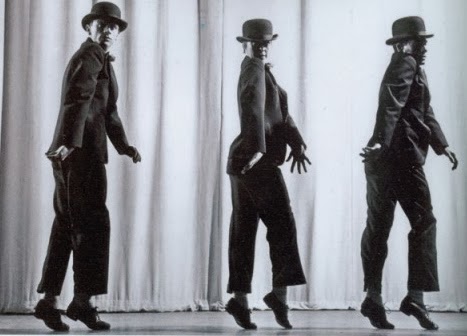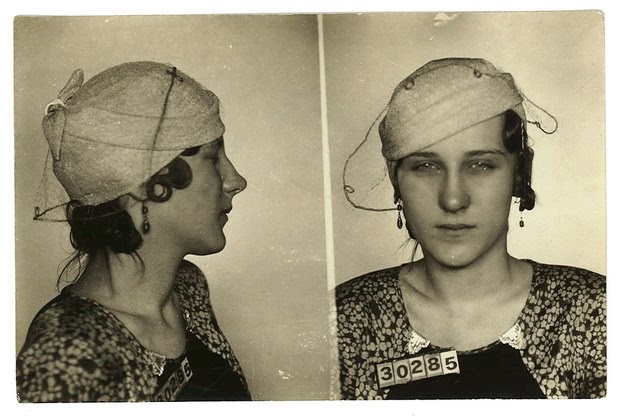I thought I'd show a few examples of early newspaper comics you might not have seen. This one (above) is extracted from a page by William F. Marriner. He was a terrific draughtsman and a really funny guy.
He died in 1914 at the age of 41. At first it was believed he was shot after he came home and interrupted a burglary in progress, but a neighbor quoted him as saying that if his wife didn't come home soon he'd kill himself and torch his home, which is exactly what happened.
Can you believe it? Comics strips were used to illustrate serialized books (above). We should do that today.
This comic was printed in a Sunday supplement magazine, This Week. It looks more recent than a hundred years old, but I couldn't resist including it
Imagine being a kid cartoonist and growing up with newspaper comics like this (above). I like the way this artist packs the page with art.
Above, another brilliant Sunday page by Powers.
I can't believe the comics page attracted artists of this caliber (above). Whatever happened to this guy?
Ahhh, refreshed at the fountain of Rube Goldberg (above).
Here's (above) a detail from George Herriman's "Stumble Inn." Fantagraphics says they'll publish a whole book of this strip soon.
Oh, what the heck! I 'll put up the entire Herriman page.
***************************
BTW: All these strips were stolen from Alan Holtz's amazing blog, "Stripper's Guide." You can find a link in the right sidebar.





















































